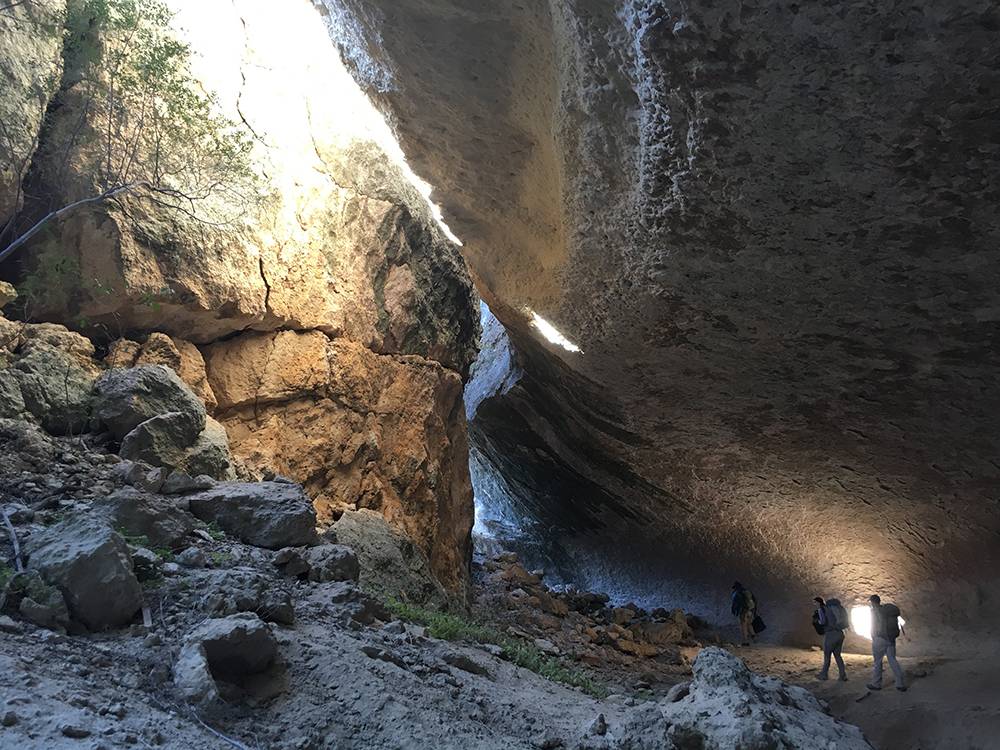
Ancient Southwest Texas (ASWT) is an ongoing long-term research program launched in 2009 by Dr. Stephen Black with the broad aims of: (1) improving our understanding of the prehistoric human record of southwestern Texas and adjacent parts of northern Mexico and New Mexico; (2) sharing what we learn with the scholarly community and the public; and (3) training the next generation of archaeologists. Dr. David Kilby became a Co-Director of ASWT in 2017 and now serves as the Director.
Dr. Kilby is an Associate Professor of anthropology at Texas State. Dr. Black is an Associate Professor of anthropology at Texas State who has retired from teaching but remains a Co-Director of ASWT. Their research efforts are concentrated on the Lower Pecos Canyonlands (LPC) on the northeast edge of the Chihuahuan Desert. This archaeological region is known for its dry rock shelters and caves which prehistoric peoples used for the sacred and mundane as witnessed by vivid pictographs dating back over 5,000 years ago as well as thick deposits formed over thirteen millennia, including Ice Age kill sites and well-preserved habitation debris ranging from basketry and sandals, to food remains and coprolites. Despite 80-years of research, the extraordinary archaeological record of hunter-gatherer life remains understudied.
In January 2014, ASWT launched the Eagle Nest Canyon (ENC) Expedition. The ENC project is a multi-year program investigating the human and natural history of Eagle Nest Canyon, share what we learn, and conserve the Canyon’s archaeological sites for future generations. The Eagle Nest Canyon project is a collaborative endeavor led by Dr. Black and Dr. Kilby in partnership with the Skiles family, SHUMLA, and contributing scientists, students, and volunteers, as well as other organizations.
You can follow the progress of the Eagle Nest Canyon Expedition on our blog.
